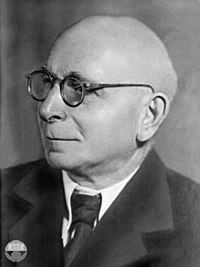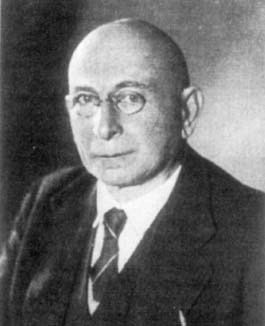Nationality Soviet Education University of Paris Role Mathematician | Name Sergei Bernstein Alma mater University of Paris Fields Mathematics | |
 | ||
Born 5 March 1880
Odessa, Kherson Governorate, Russian Empire ( 1880-03-05 ) Institutions University of Paris
University of Goettingen
University of Kharkiv
Leningrad University
Steklov Institute of Mathematics Doctoral students Vladimir Brzhechka
Yakov Geronimus
Vasilii Goncharov
Boris Rymarenko
Sergey Stechkin Known for Bernstein's inequality in analysis
Bernstein inequalities in probability theory
Bernstein polynomial
Bernstein's theorem (approximation theory)
Bernstein's theorem on monotone functions
Bernstein problem in mathematical genetics Died October 26, 1968, Moscow, Russia Residence Russian Empire, Soviet Union Doctoral advisor Emile Picard, David Hilbert Similar People David Hilbert, Emile Picard, Jerzy Neyman, Emile Borel, Andrey Kolmogorov | ||
Sergei Natanovich Bernstein (Russian: Серге́й Ната́нович Бернште́йн, sometimes Romanized as Bernshtein; 5 March 1880 – 26 October 1968) was a Russian and Soviet mathematician of Jewish origin known for contributions to partial differential equations, differential geometry, probability theory, and approximation theory.
Contents

Partial differential equations
In his doctoral dissertation, submitted in 1904 to the Sorbonne, Bernstein solved Hilbert's nineteenth problem on the analytic solution of elliptic differential equations. His later work was devoted to Dirichlet's boundary problem for non-linear equations of elliptic type, where, in particular, he introduced a priori estimates.
Probability theory
In 1917, Bernstein suggested the first axiomatic foundation of probability theory, based on the underlying algebraic structure. It was later superseded by the measure-theoretic approach of Kolmogorov.
In the 1920s, he introduced a method for proving limit theorems for sums of dependent random variables.
Approximation theory
Through his application of Bernstein polynomials, he laid the foundations of constructive function theory, a field studying the connection between smoothness properties of a function and its approximations by polynomials. In particular, he proved the Weierstrass approximation theorem and Bernstein's theorem (approximation theory).
